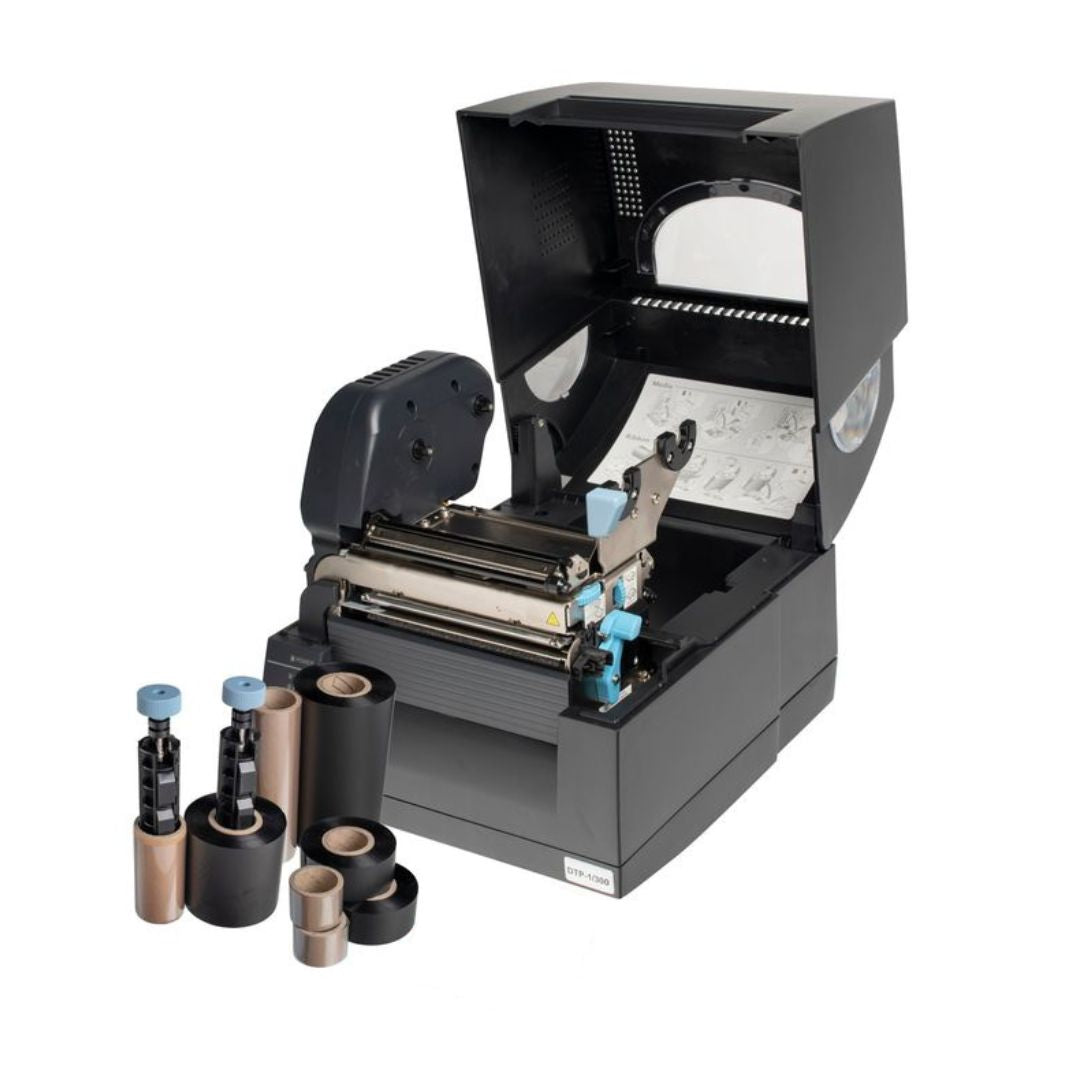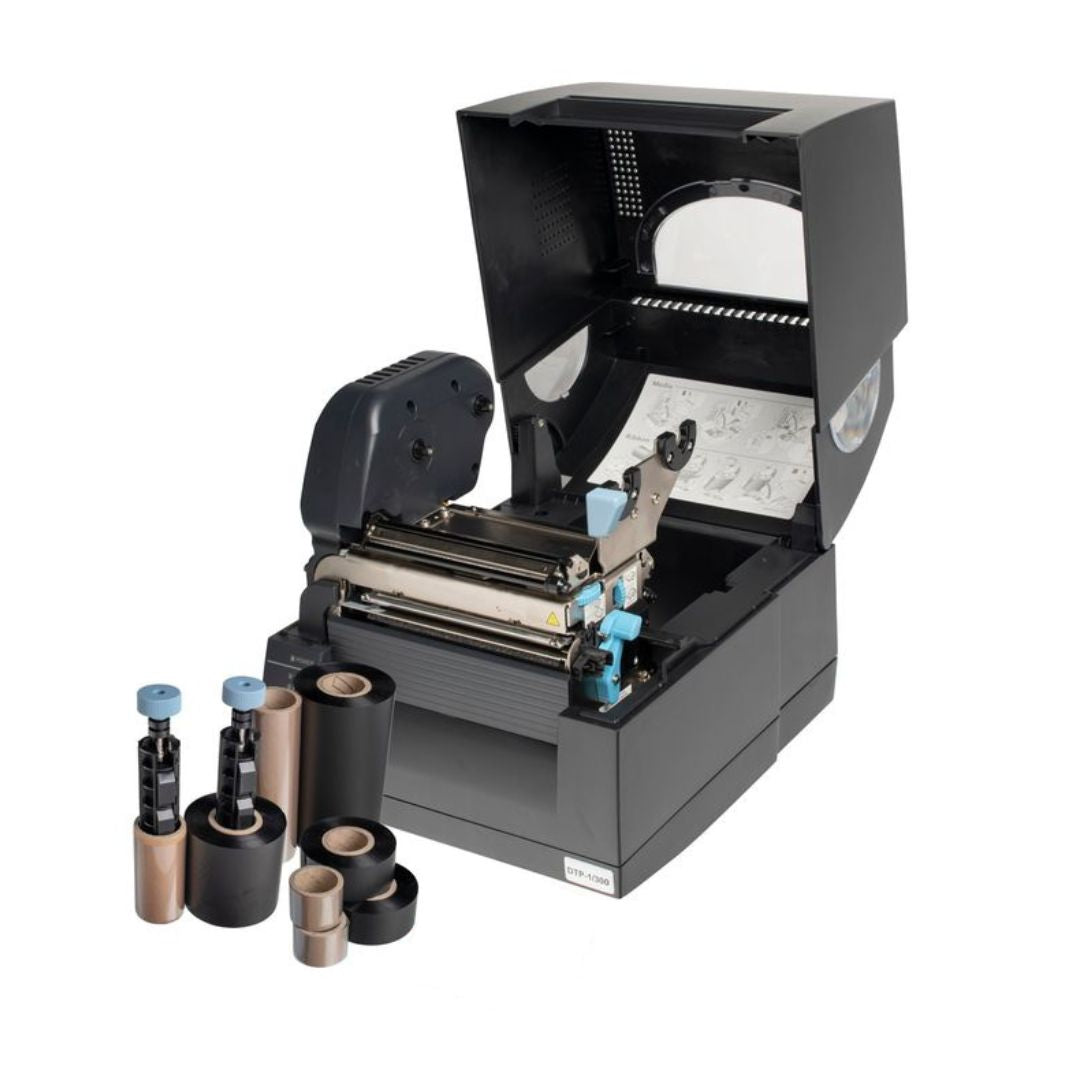Written By: Dominic Michaelson, Head of Sales | Reading Time: 7 mins
Introduction to Wire Marker Systems in Engineering Projects
In the intricate realm of electrical engineering, the significance of wire marking systems cannot be overstated. These systems serve as the linchpin for maintaining organisation and ensuring safety in complex engineering projects. Whether it's a small-scale undertaking or a grand industrial venture, the clarity and precision provided by effectively labelled wires are crucial.
At the heart of wire marking lies its ability to streamline project execution. Engineers, tasked with managing a labyrinth of cables and wires, find solace in these systems that offer a clear roadmap of their intricate electrical networks. This not only boosts efficiency but also significantly reduces the potential for costly and dangerous errors.
Furthermore, wire marking is not just about adhering to industry standards; it's an essential practice that enhances the overall quality and longevity of engineering projects. By incorporating robust wire marking strategies, electrical engineers contribute to creating secure, reliable, and well-organised systems that stand the test of time and complexity.
As we delve deeper into the world of wire markers, we will explore various types, their specific applications, and the best practices that define their usage in the field of electrical engineering. This exploration aims to equip professionals with the knowledge and tools necessary to master the art of wire marking, thereby elevating the standards and efficiency of their engineering projects.

Types of Wire Markers and Their Applications
In the world of electrical engineering, the variety of wire markers available is as diverse as the projects they are used in. Understanding the different types of wire markers and their specific applications is crucial for any electrical engineer aiming to enhance the efficiency and safety of their projects.
1. Cable Tags: These are perhaps the most versatile and widely used wire markers. Made from materials like nylon, plastic, or metal, cable tags are designed to withstand various environmental conditions. They are typically attached to cables using ties and are ideal for both indoor and outdoor applications. The flexibility of cable tags allows engineers to write detailed information, which is particularly useful in complex installations.
2. Heat Shrink Sleeves: Favoured for their durability, heat shrink sleeves provide a snug and secure fit around cables. When heat is applied, these markers shrink to conform to the cable's size, offering a permanent labelling solution. This type is especially beneficial in environments where cables are exposed to extreme temperatures or chemical substances.
3. Self-Laminating Wraps: These wire markers are designed with a clear, wrap-around tail that seals the written label, protecting it from moisture, oil, and dirt. Self-laminating wraps are commonly used in environments where cables may be subject to frequent handling or exposure to contaminants.
4. Printable Labels: With the advent of portable label printers, printable labels have become increasingly popular. These labels offer high customisability, allowing engineers to print barcodes, serial numbers, or any other required data. This type is particularly useful for large-scale projects where quick identification of numerous cables is essential.
5. Engraved Labels: For projects that demand the utmost in durability and permanence, engraved labels are the go-to choice. These are often made from materials like stainless steel or aluminium and are immune to fading, making them suitable for harsh industrial environments.
Each type of wire marker has its unique advantages and is suited for specific conditions and requirements. The choice of wire marker depends on factors such as environmental conditions, the level of detail required in labelling, and the permanence of the label. By selecting the appropriate wire marker, electrical engineers can significantly enhance the organisation, safety, and overall efficiency of their projects.

Best Practices in Wire Labeling for Electrical Engineers
Effective wire labeling is not just about choosing the right marker; it's also about adhering to best practices that ensure clarity, durability, and compliance with industry standards. For electrical engineers, these practices are pivotal in maintaining the integrity and functionality of their engineering projects.
1. Clarity and Legibility: The primary purpose of wire markers is to convey information clearly. Engineers should ensure that the text on the labels is legible and easily understandable. This involves using a font size that is readable and a colour contrast that stands out against the background of the wire.
2. Durability in Labeling: Wire markers should be able to withstand the environmental conditions they will be exposed to. This means considering factors like temperature extremes, exposure to chemicals, UV radiation, and physical wear. Choosing markers with high-quality materials and adhesives ensures that labels remain intact and legible over time.
3. Consistency in Labelling: Consistency in labelling across all wires within a project is essential. This includes consistent placement of labels on cables, uniformity in labelling format, and the use of a standardised colour-coding system. Such consistency not only helps in easy identification but also in reducing errors during maintenance and troubleshooting.
4. Compliance with Standards: Electrical engineers must be aware of and comply with relevant industry standards and regulations related to wire labelling. These standards often specify requirements for label size, colour, information content, and placement. Adhering to these standards not only ensures safety but also facilitates coordination with other professionals and adherence to legal requirements.
5. Regular Review and Maintenance: Wire labelling is not a one-time task. Regular review and maintenance of labels are crucial, especially in dynamic environments where changes in wiring are common. Periodic checks help in identifying and replacing worn-out or outdated labels, thereby maintaining the reliability of the labelling system.
By following these best practices, electrical engineers can significantly enhance the effectiveness of their wire marking systems. Such systems not only contribute to the smooth operation and safety of electrical installations but also reflect the professionalism and meticulousness of the engineers behind them.

Innovative Technologies in Wire Marking
The field of wire marking in electrical engineering is continually evolving, with innovative technologies enhancing the efficiency and accuracy of labelling practices. Understanding these advancements is essential for electrical engineers seeking to stay at the forefront of their field.
1. Thermal Transfer Printing: This technology has revolutionised wire marking by providing a fast, durable, and highly legible printing solution. Thermal transfer printers can produce labels that withstand harsh environmental conditions, making them ideal for industrial applications. The flexibility to print customised labels on demand is particularly beneficial for large-scale projects with complex wiring systems.
2. RFID Wire Marking: Radio-Frequency Identification (RFID) technology offers a leap forward in wire identification. RFID tags can store a significant amount of data, which can be read wirelessly. This technology is invaluable in situations where quick identification and detailed information retrieval are crucial, such as in densely wired environments or in maintenance and troubleshooting scenarios.
3. Laser Marking Systems: Laser marking provides a permanent solution for wire identification. The high precision of laser systems allows for the creation of highly detailed and durable markings that are resistant to fading, abrasion, and chemicals. This technology is particularly suited for environments where labels must withstand extreme conditions and long-term exposure.
4. Automated Label Application Systems: Automation in wire marking is gaining traction, especially in large-scale industrial projects. Automated systems can apply labels more quickly and consistently than manual methods, significantly reducing labour time and the potential for human error. This advancement is a game-changer in projects where time efficiency and accuracy are paramount.
5. Software Integration: Modern wire marking technologies often come with software that allows for seamless integration with existing project management tools. This integration enables engineers to manage and track wiring systems more effectively, ensuring that every cable and wire is accurately accounted for throughout the project lifecycle.
By embracing these innovative technologies, electrical engineers can significantly enhance the effectiveness of their wire marking practices. Not only do these technologies save time and reduce errors, but they also contribute to the overall safety and reliability of engineering projects.

Case Studies: Effective Wire Marking in Major Engineering Projects
Examining real-world applications of effective wire marking in major engineering projects can provide invaluable insights for electrical engineers. These case studies highlight the practical benefits and innovative approaches in wire marking that have significantly contributed to the success of these projects.
1. The London Crossrail Project: In one of Europe's largest infrastructure projects, effective wire marking was crucial in managing the extensive network of electrical systems. The project utilised a combination of RFID technology and thermal transfer printed labels, ensuring quick identification and accurate tracking of every wire and cable throughout the extensive underground network. This approach not only streamlined installation but also simplified future maintenance and upgrades.
2. Dubai Solar Park: As one of the world's largest solar parks, this project presented unique challenges in wire marking due to the harsh environmental conditions. Heat shrink sleeves and UV-resistant labels were employed to withstand the extreme temperatures and sunlight exposure. This ensured long-term durability and legibility of wire markings, critical in maintaining the park's vast and complex electrical systems.
3. Singapore's Marina Bay Sands: In this iconic development, a sophisticated automated wire marking system was integrated during construction. This system enabled rapid and accurate labelling of thousands of wires, significantly reducing manual labour and minimising the risk of errors. The project's success demonstrated the effectiveness of automation in wire marking in large-scale, high-profile projects.
4. The International Space Station (ISS): In the ISS, where space and resources are limited, wire marking plays a vital role in safety and functionality. Engraved labels, known for their durability and compactness, were used extensively. This choice was crucial in an environment where every inch of space is valuable and the integrity of every component is paramount.
5. The Gotthard Base Tunnel, Switzerland: Spanning 57 km, this is the world's longest railway and deepest traffic tunnel. Precision in wire marking was essential due to the tunnel's complexity and safety requirements. Laser-marked labels provided a reliable solution, offering high resistance to abrasion and environmental factors, crucial in this challenging underground setting.
These case studies exemplify the importance of choosing the right wire marking solutions to meet the specific needs of diverse engineering projects. They demonstrate how innovative approaches in wire marking can lead to enhanced efficiency, safety, and long-term success in complex engineering endeavours.

Conclusion
The journey through the world of wire marking has illuminated its critical role in the success and efficiency of electrical engineering projects. From the versatility of cable tags to the precision of laser marking, the range of solutions available to engineers is extensive and adaptable to various project requirements.
The case studies from around the globe, including the London Crossrail Project and the Dubai Solar Park, exemplify how innovative wire marking techniques can drastically improve project outcomes. These real-world examples underscore the necessity of choosing the right marking solutions to address specific challenges and environments.
For electrical engineers, staying informed about the latest advancements in wire marking technologies and adhering to best practices is not just a matter of efficiency; it's a commitment to safety, reliability, and excellence in their field. As we have seen, effective wire marking is more than a practical necessity; it is a reflection of the meticulous planning and professionalism that define the world of electrical engineering.
In conclusion, wire markers may be small components in the grand scheme of an engineering project, but their impact is substantial. By investing in the right wire marking strategies and technologies, engineers can ensure that their projects are not only successful but also set a standard for quality and innovation in the industry.



